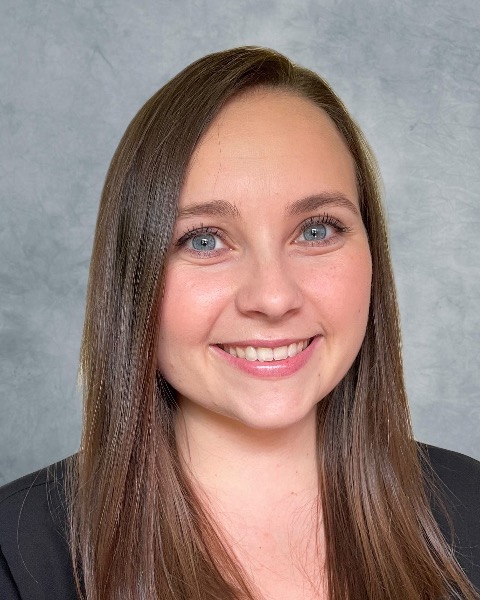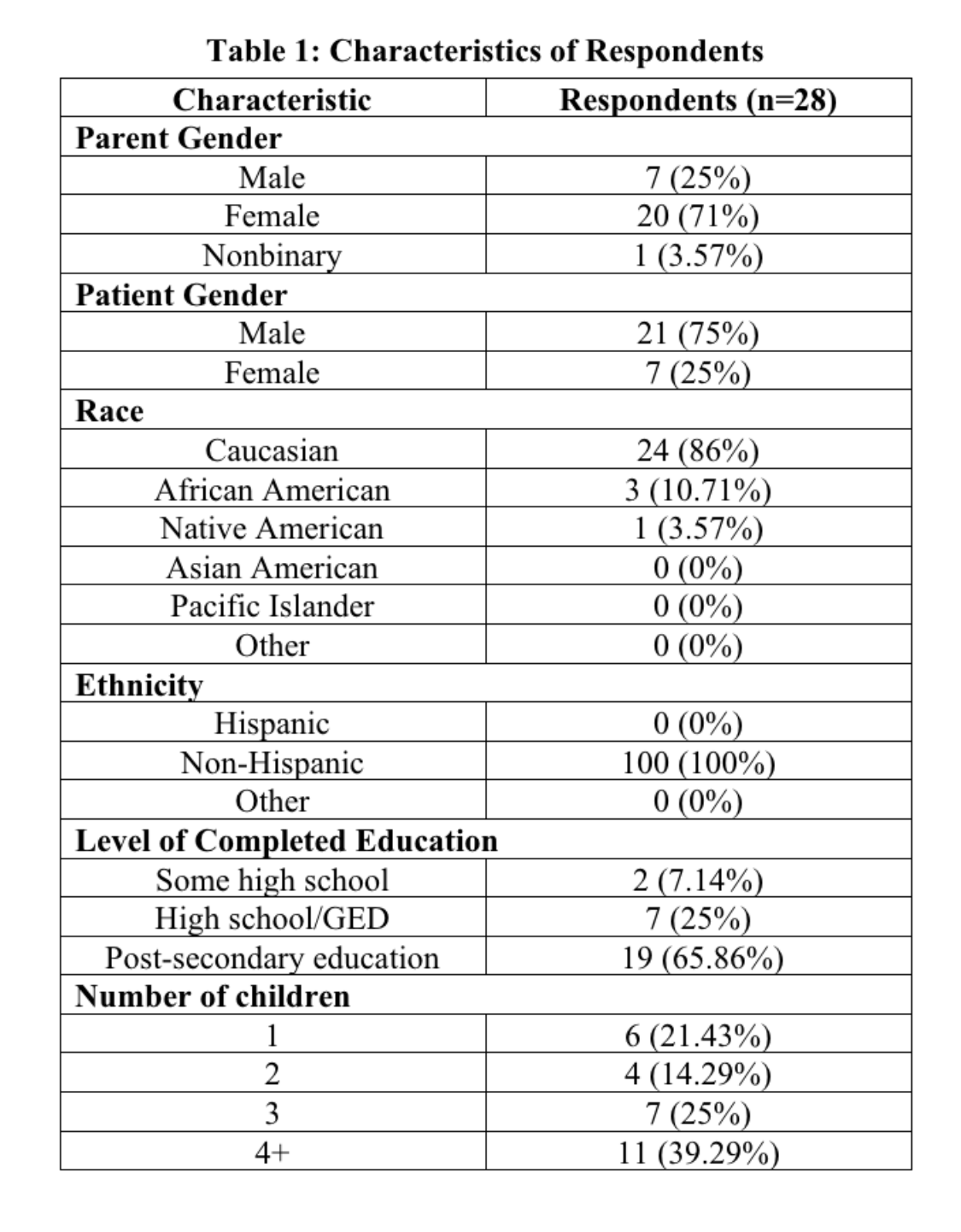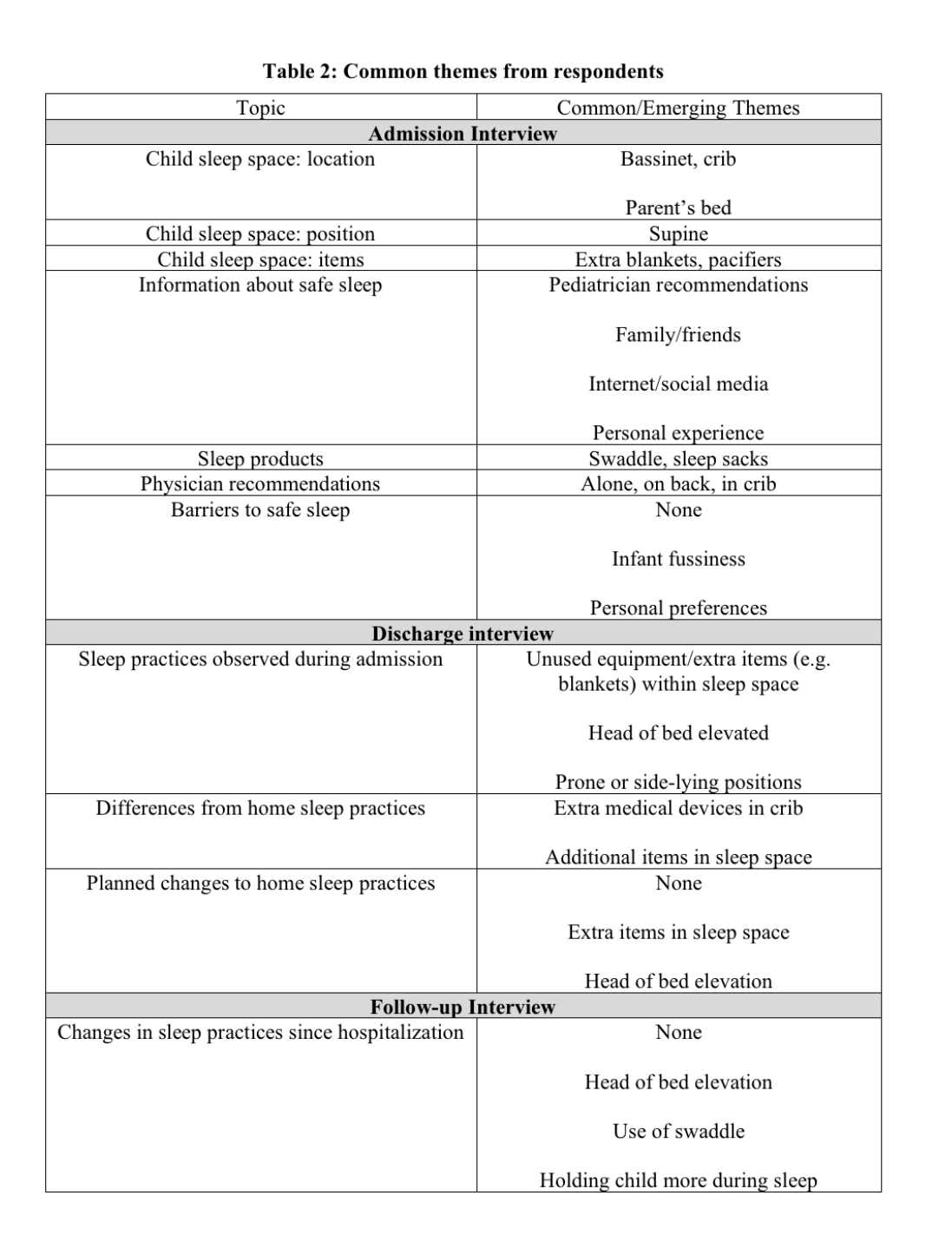Hospital Medicine: Clinical
Hospital Medicine 6
751 - Assessing Impact of Hospital Sleep Environments on Parental Attitudes About Safe Sleep
Monday, May 1, 2023
9:30 AM - 11:30 AM ET
Poster Number: 751
Publication Number: 751.415
Publication Number: 751.415
Noell Conley Hamlin, University of Louisville, Louisville, KY, United States; Bethany Woomer, University of Louisville, Louisville, KY, United States; Kaitlyn W. West, University of Louisville School of Medicine, Charlestown, IN, United States; Rebecca J. Hart, University of Louisville/Norton Children's Medical Group, Louisville, KY, United States

Noell Conley Hamlin, D.O. (she/her/hers)
Resident Physician
University of Louisville
Louisville, Kentucky, United States
Presenting Author(s)
Background: Despite the American Academy of Pediatrics safe sleep recommendations published in 2016, hospitalized infants often sleep in unsafe environments. Healthcare professional behavior is known to influence parental behaviors. Little is known about the modeling relationship between the sleep environment during hospitalization and home.
Objective: To describe parental sleep practices and attitudes about safe sleep environments for infants, sleep practices that parents witnessed during hospitalization, and how witnessed practices may affect home sleep practices.
Design/Methods: We conducted a pilot, qualitative study using semi-structured interviews with families of infants aged 0-12 months who were admitted to a general pediatrics service. Infants admitted for suspected NAT, neurosurgical patients, prematurity < 32 weeks, chronic lung/heart disease, tracheostomy/ventilator dependence, and patients admitted for video EEG were excluded. Interviews occurred at three time points: at admission, day of discharge, and 2 weeks after discharge. The study aimed to recruit 20 parents based on feasibility of resident physician ability to complete interviews. Demographic information is reported using standard descriptive statistics. Thematic analysis identified themes regarding sleep practices and attitudes surrounding hospital stay.
Results: 30 parents were approached. 28 completed the admission interview, 19 completed the discharge interview, and 11 completed the post-discharge follow up interview. Of those who completed admission interviews, 86% identified as Caucasian and 10.7% identified as African American. 92.88% of parents had at least completed high school. Admission interviews demonstrated general knowledge of safe sleep recommendations, with reports of infant sleep in a supine position at home in a crib or bassinet. However, another key theme that emerged from admission interviews was the use of additional items in infant sleep spaces at home including blankets/pillows. Discharge and follow up interviews demonstrated themes linking observed unsafe sleep practices during admission (additional items in the crib such as blankets or unused medical devices and head of bed elevation in hospital). Some parents admitted that the witness of these behaviors, namely, elevation of the head of the bed, led them to adopt these behaviors at home.
Conclusion(s): Sleep practices during infant hospitalization were directly linked to parental plans to copy unsafe sleep behaviors in the home setting in this pilot cohort. Appropriate safe sleep environments during hospitalization are critical for family education and advocacy.


